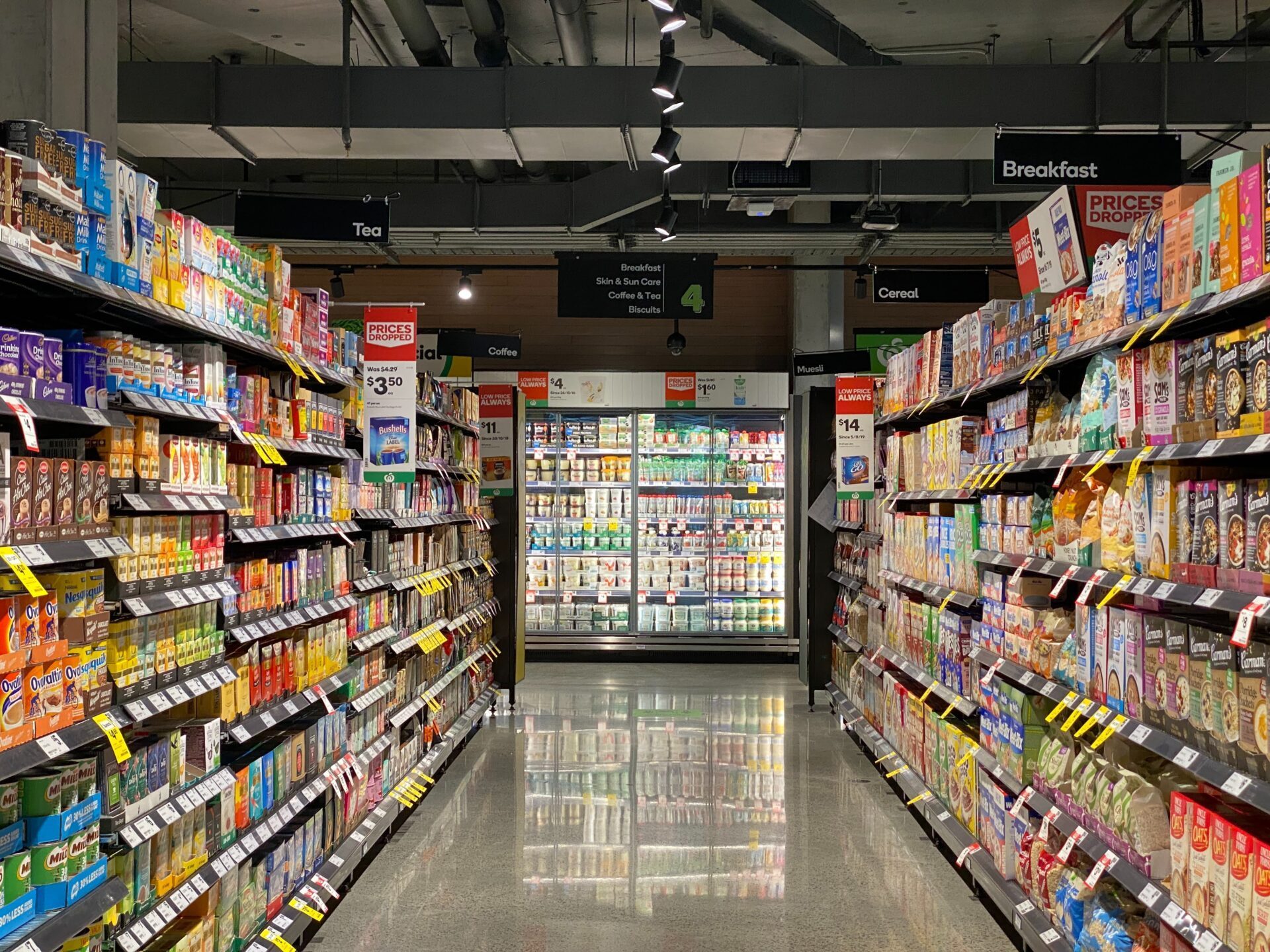The rapid pace of price rises provided pivotal questions for panellists and speakers at the recent BNP Paribas Global Markets Conference APAC in Singapore. How high will interest rates have to go to cool inflation? How long will rates remain elevated? And how will this impact global growth?
With policy measures taking some time to filter through to the real economy, answering these questions is a waiting game, although some economists are already concerned that monetary conditions are being tightened too far and too fast.
For now, the consensus among economists appears to be that persistent inflation will demand higher policy rates in the US and Europe throughout most of 2023, restricting global growth, before policy begins to ease at some point in late 2023 or early 2024.
US inflation may have already peaked
Rapid inflation in the US, where prices have been rising at the fastest pace in 40 years, has its roots in the monetary and fiscal response to Covid-19. Inflationary pressures from disrupted supply chains and tight labour markets were also exacerbated by geopolitical stresses and an energy shock.
With many economists incorrectly assuming that inflation would be transitory, the US Federal Reserve reacted late due to concerns about employment numbers, which led to the labour market making its own contribution to rising prices as wage inflation hit about 5%.
When it did react to inflation, the Fed raised its policy rate by 75 basis points (bp) at four consecutive meetings.
This appears to be working: the US consumer price index was up 7.7% year-on-year in October, the slowest annual increase since the start of 2022. Core inflation also pulled back to 6.3%, easing from a 40-year high.
Although there are signs that price rises have peaked, some economists argue that the continued strength of the labour market shows that the Fed has not yet achieved very much.
The Fed is widely expected to raise rates by at least another 50bp when the Federal Open Market Committee (FOMC) meets in December, as economists believe rates have not yet reached a level that will cool prices sufficiently.
According to the latest FOMC projections, most policymakers expect this “terminal rate” (the peak benchmark overnight interest rate in a tightening cycle) to reach 4.5%-5.0% in 2023. Futures market contracts also suggest traders expect a peak of around 5%.
ECB prepares to pause
With annual inflation in the Eurozone reaching 10.6% in October, up from 9.9% the previous months, real incomes are being squeezed and the economy is slowing.
This is being driven mainly by energy prices, which were up 41.9% year-on-year in October (vs 17.6% in the US), pushing up costs for household heating, transport, most manufacturers and other sectors.
In response, the European Central Bank (ECB) hiked rates by 75bp in July – the first increase in 11 years – 75bp in September and another 75bp in October, taking them to 1.5% – the highest since 2009.
Most economists believe the ECB is close to achieving its terminal deposit rate and further hikes could be smaller. Indeed, after its October meeting, the ECB said it expects to raise interest rates further before reducing them “over the next several meetings”.
All change at the BoJ
Some economists see inflation coming under even more intense focus in Japan before April, when Haruhiko Kuroda is due to step down as governor of the Bank of Japan (BoJ) at the end of his 10-year term.
The BoJ has so far resisted pressure to raise rates to combat inflation, and some economists have called for less focus on inflation targeting, which would allow it to keep rates ultra-low for longer.
Inflation readings in the first quarter of 2023 will be key to determining the direction of BoJ policy, and the impact of annual wage talks on underlying price trends is likely to be a pivotal factor.
